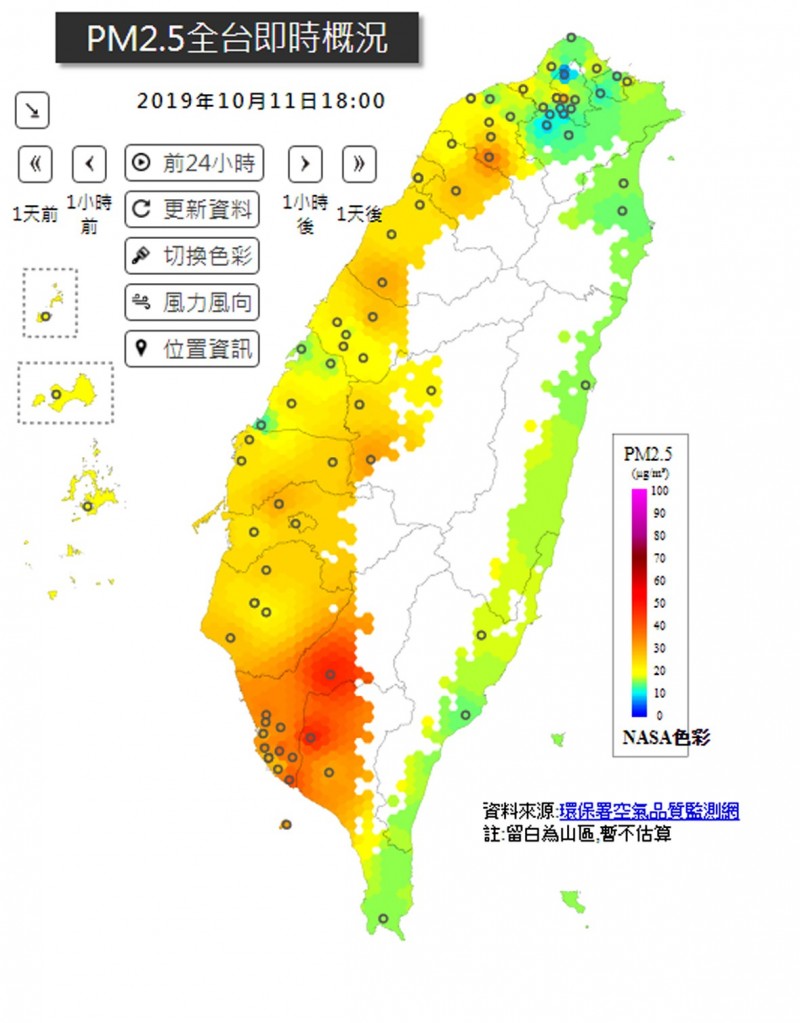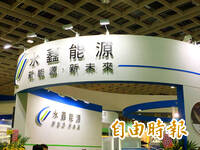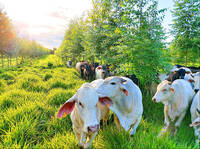《TAIPEI TIMES》 Plasticizer traces found in air pollution

The levels of airborne particulate matter smaller than 2.5 micrometers at 6pm yesterday are shown on the Environmental Protection Administration Web site. Photo: screen grab from the Environmental Protection Administration Web site
CONCERNING: The low levels of plasticizers detected in PM2.5 highlighted the need for more measures to curtail single-use plastic products, professor Lee Chung-te said
By Liu Li-jen / Staff reporter
Traces of plasticizers have been found in the nation’s air pollution, possibly from plastic in clothes and other products in daily use, a survey commissioned by the Environmental Protection Administration showed.
A team led by National Central University environmental engineering professor Lee Chung-te (李崇德) was commissioned by the agency to monitor and analyze the components of fine particulate matter.
From December 2017 to November last year, the team collected samples every six days from air quality monitoring stations in New Taipei City’s Banciao District (板橋), Jhongming (忠明) near National Taichung Special Education School, Yunlin County’s Douliou City (斗六), Chiayi City, Kaohsiung’s Siaogang District (小港) and Hualien City.
The stations were chosen as they reflect the different air pollution levels in northern, central and southern Taiwan, which could then be compared with the better air quality in Hualien, Lee said.
The team found that levels of PM2.5 — fine particulate matter measuring 2.5 micrometers or smaller — steadily increased from the east and north to central and southern regions, he said.
Sulfur oxide levels were higher in southern regions, possibly due to emissions by nearby factories, while sulfur oxide levels in the north were mainly produced by vehicles, he said.
The air pollution in Hualien and Taichung mainly resulted from regional sources; that in Kaohsiung was from local sources; while local and regional sources accounted for the pollution in Banciao, Douliou and Chiayi, the team found.
Nearly 20 percent of the pollutants in each sample were from overseas sources, the team said.
The team detected low levels of plasticizers, highlighting the need for more measures to curtail single-use plastic products, Lee said.
The plasticizers could have come from clothes and other plastic products, and more investigation is needed to clarify the causes and effects, he said.
The team also found increased amounts of nitrogen compounds, he added.
In addition to damaging the human reproductive and endocrine systems, human intake of plasticizers is also related to cardiovascular disease, a study in May by a team led by National Taiwan University Hospital’s Su Ta-chen (蘇大成) showed.
Department of Environmental Monitoring and Information Management Director-General Chang Shuenn-chin (張順欽) said that Lee’s study showed that nitrates increase more than other pollutants when PM2.5 concentrations are higher, mainly because of factory boilers, agricultural waste and vehicle emmissions.
There pollutants take longer to disperse under particular weather conditions, he said.
Nitrates are also produced in chemical interactions of volatile organic compounds and nitrogen oxides, which would be the focus of the agency’s pollution control measures, he added.
新聞來源:TAIPEI TIMES














